Amazon on Tuesday announced a new single-purpose Internet-connected device that lets customers quickly reorder commonly depleted goods like coffee pods and razor blades at the push of a button.
Taking online shopping into the real world is a bold idea, so bold that many mistook Amazon Dash Buttons for an early April Fool's joke. Amazon has since confirmed that Buttons are real and will begin rolling out to select Prime members soon.
The device itself is about the size of a pack of gum and features a single large button for sending orders out to Amazon's online store via Wi-Fi. Customers use their smartphone to hook up Dash Button to a local Wi-Fi network and select which product each device is in charge of ordering. After setup, pressing the button automatically places an order for delivery.
Buttons can be mounted using included reusable adhesive tape and hooks for easy access. In one example shown off in Amazon's teaser video, a button mounted on a washing machine is used to resupply Tide Pods detergent.
Once an order is placed, confirmations are sent to a customer's smartphone, where they can cancel if needed. Importantly, Dash Button only responds to an initial press that resets once a product is delivered, safeguarding against accidental mass orders.
A number of major brands have already signed on to the fledgling service, including Clorox, Cottonelle, Gillette, Glad, Huggies, Tide and more.
Still in limited release, Amazon Dash Button is currently available to Amazon Prime by invitation only. Amazon is said to be shipping out the free buttons in batches, meaning each user will be provided more than one device to facilitate ordering of multiple products.
Dash Button is only one cog in Amazon's Internet of Things plans, however. An interesting side project called Dash Replenishment Service (DRS) allows device manufacturers to integrate automated ordering buttons into their machines. Even more intriguing is the suggestion that devices can employ sensors to monitor supply levels and automatically place an order when stock runs low. Whirlpool and Brita are already working on DRS products.
 AppleInsider Staff
AppleInsider Staff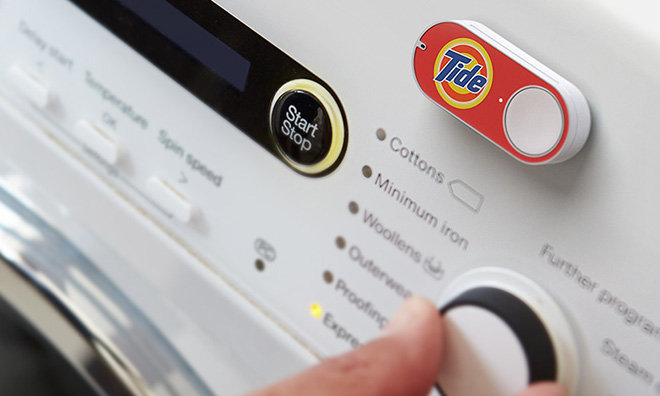
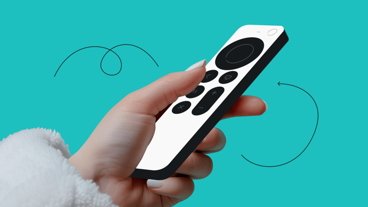
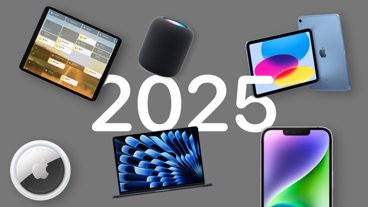
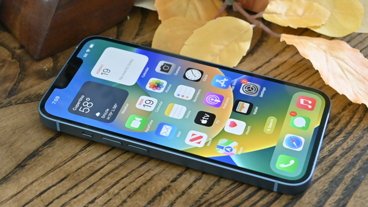

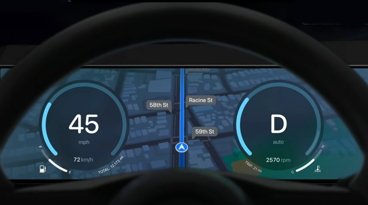
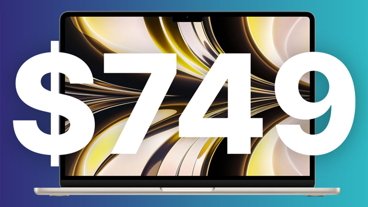

-m.jpg)





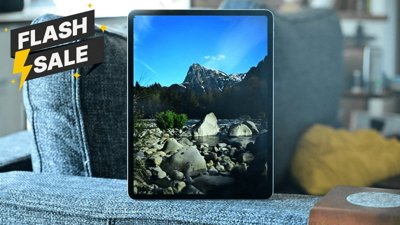
 Christine McKee
Christine McKee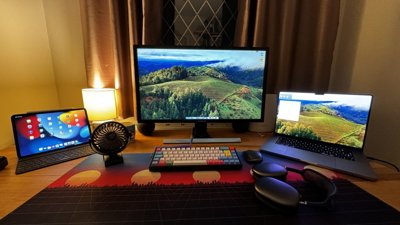
 Oliver Haslam
Oliver Haslam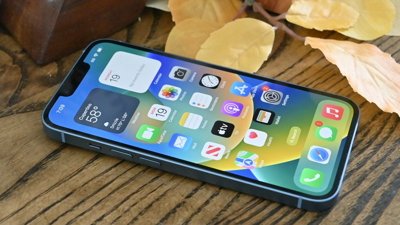
 Wesley Hilliard
Wesley Hilliard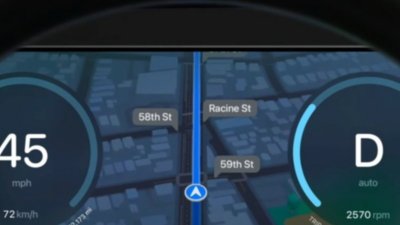
 William Gallagher
William Gallagher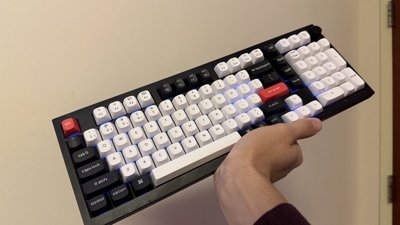
 Thomas Sibilly
Thomas Sibilly
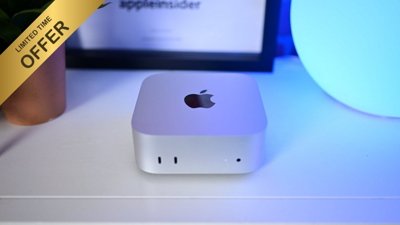
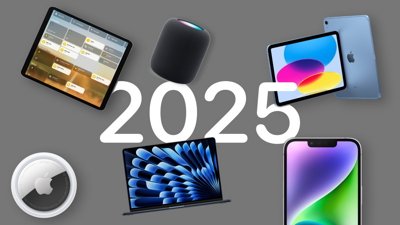
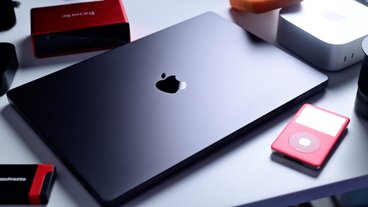





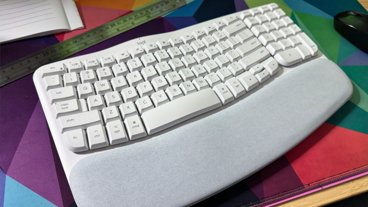
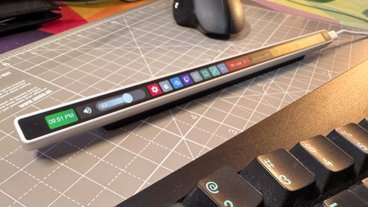

75 Comments
I, too, was all but certain this was an early April Fool's joke.
So if you use Tide, Bounty, Clorox, Woolite, Shout, etc, you'll have these buttons all around your house. That is stupid. Since you have to set it up in your phone to start with, why not just use Siri? "Siri launch Amazon." Then say "Order Tide" in the Amazon app.
Just wait til the kids get ahold of this, tapping it like a Playstation controller button and inadvertently ordering hundreds of thousands of dollars worth of detergent.
What SpamSandwich said. Who's up for breaking the high score?
The cell phone has been a shitty thing for Amazon.
Essentially the cell phone is what caused the DOA of Echo. Probably the same goes here...
If only Amazon had tried to create mobile phone of their own branding
/s